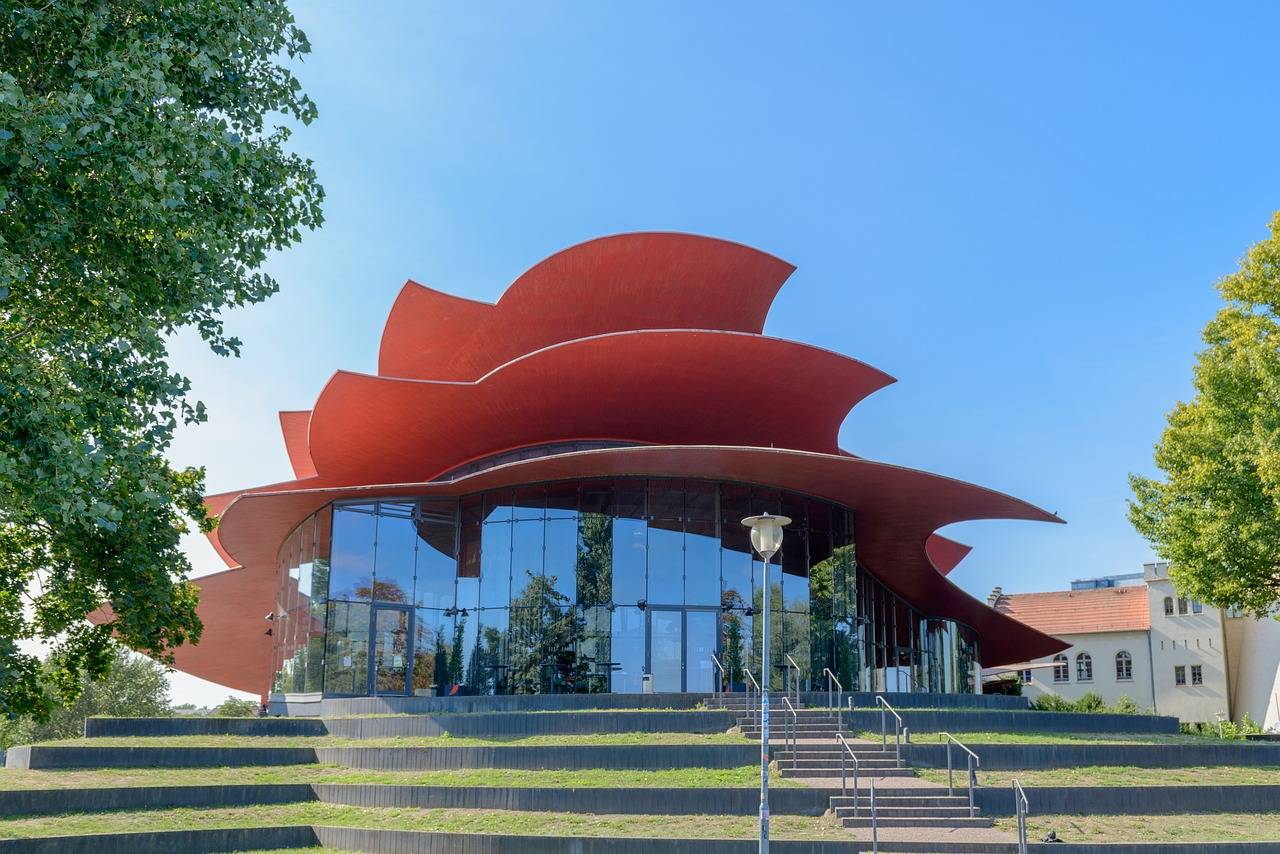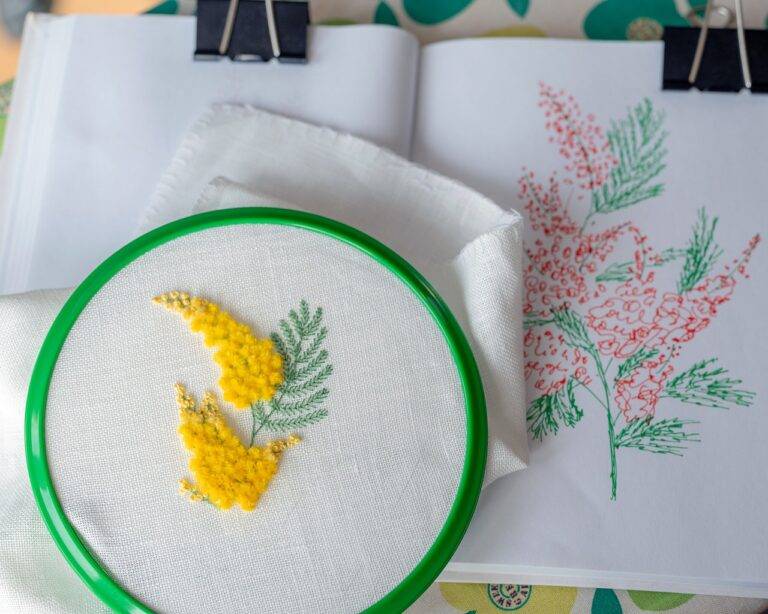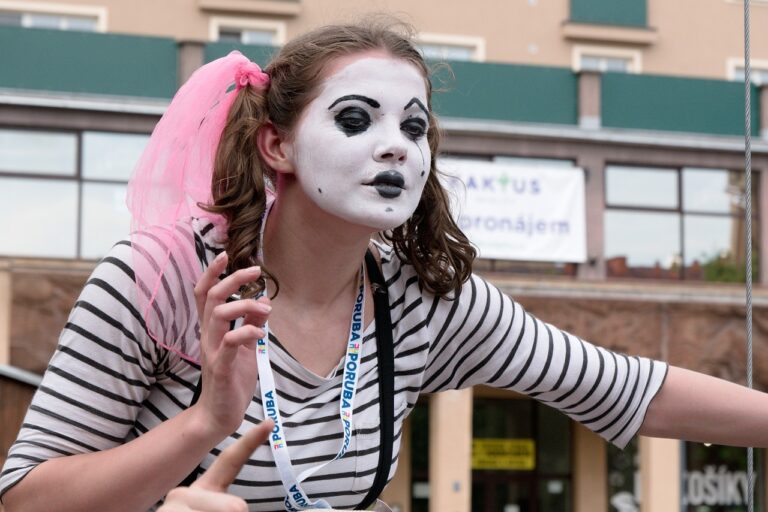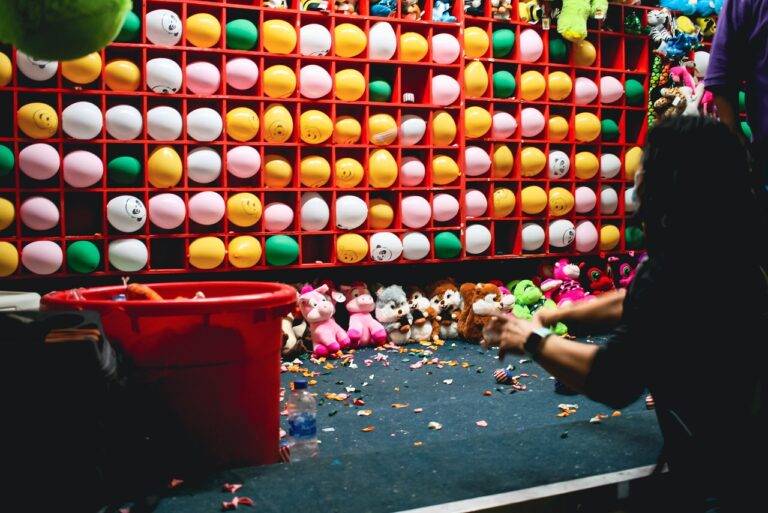From Sketches to Screenplays: The Art of Storyboarding in Animation
Storyboarding in animation is a vital step in the creative process that helps visualize the story before it is brought to life on screen. It serves as a blueprint for the entire project, allowing animators and directors to plan out the sequence of events, camera angles, character movements, and overall visual flow of the story. By creating a storyboard, animators can effectively communicate their ideas, ensuring that everyone involved in the production is on the same page.
One of the key advantages of storyboarding is that it allows for early problem-solving and revisions before committing to the expensive and time-consuming animation process. It provides a space for experimentation and exploration, enabling creators to test different ideas and refine the narrative structure. Additionally, storyboarding helps maintain continuity and coherence throughout the animation, ensuring that the story unfolds seamlessly and engages the audience from start to finish.
The Evolution of Storyboarding Techniques
Over the years, the art of storyboarding in animation has evolved significantly. Initially, storyboards were simple sketches that captured the basic sequence of scenes in a narrative. However, as animation techniques advanced, the demands on storyboarding grew more complex. Artists began to incorporate more detailed compositions, camera angles, and character expressions to enhance the storytelling process.
With the advent of computer technology, storyboarding techniques underwent a digital transformation. Animators now have access to a wide array of software tools that enable them to create dynamic and interactive storyboards. This digital evolution has not only streamlined the storyboard creation process but has also opened up new creative possibilities for animators to experiment with different visual styles and effects.
• Storyboarding techniques have evolved significantly over the years in animation
• Initially, storyboards were simple sketches capturing basic scenes in a narrative
• As animation techniques advanced, demands on storyboarding became more complex
• Artists began incorporating detailed compositions, camera angles, and character expressions
• With computer technology, storyboarding underwent a digital transformation
• Animators now have access to software tools for dynamic and interactive storyboards
• Digital evolution has streamlined storyboard creation process and opened up new creative possibilities
Key Elements of a Successful Storyboard
One essential element of a successful storyboard is clarity. Each panel should clearly communicate the action, emotion, and composition of the scene to provide a seamless visual narrative for the animators and other team members to follow. Utilizing clear and concise visuals, along with brief written descriptions when necessary, helps ensure that everyone involved in the project understands the direction of the story.
Another key element of a successful storyboard is consistency in style and tone throughout the entire sequence of panels. Maintaining a coherent visual style helps create a cohesive and engaging story that captivates the audience. Consistency in tone ensures that the mood and atmosphere of the animation remain constant, allowing for a more immersive viewing experience. By paying attention to these details, animators can create storyboards that effectively convey the desired message and emotion of the project.
What is the importance of storyboarding in animation?
Storyboarding is crucial in animation as it helps visualize the sequence of events in a story, plan out the shots, and establish the pacing and overall flow of the animation.
How have storyboarding techniques evolved over time?
Storyboarding techniques have evolved from traditional hand-drawn sketches to digital storyboarding tools that allow for easier editing and collaboration among team members.
What are the key elements of a successful storyboard?
The key elements of a successful storyboard include clear and concise drawings, accurate shot compositions, detailed annotations, and a strong focus on storytelling and character development.





